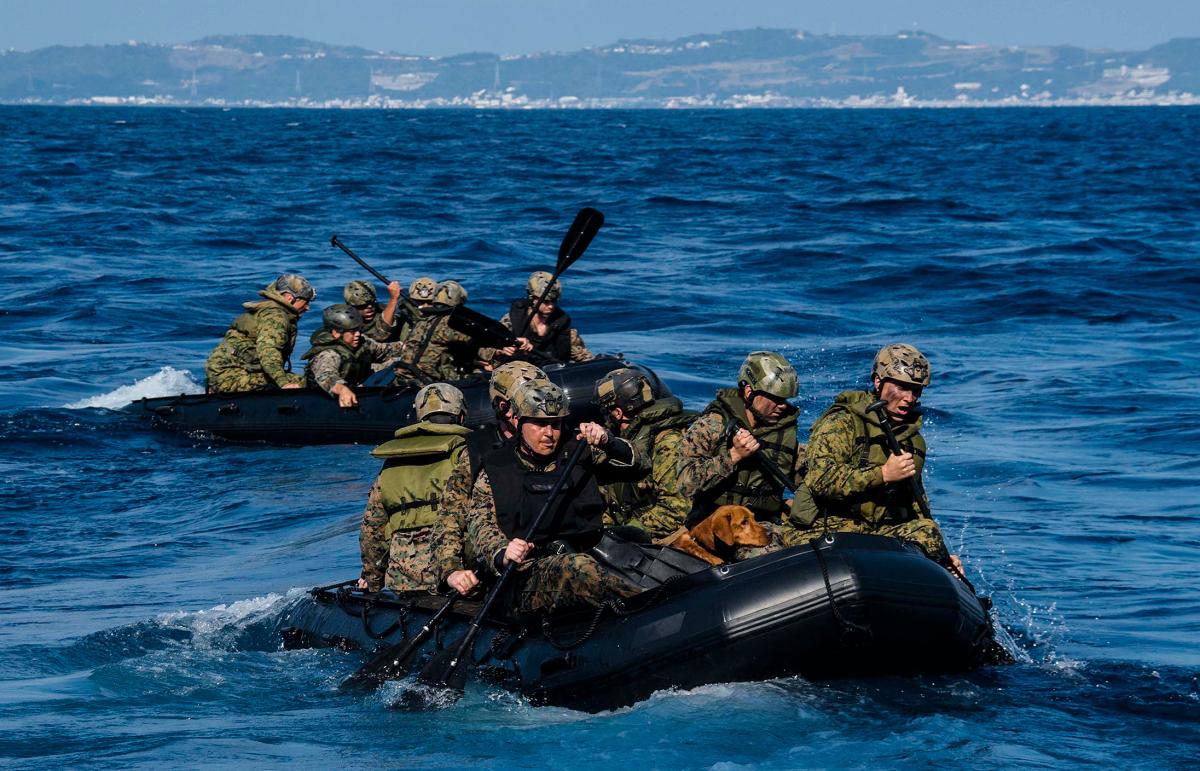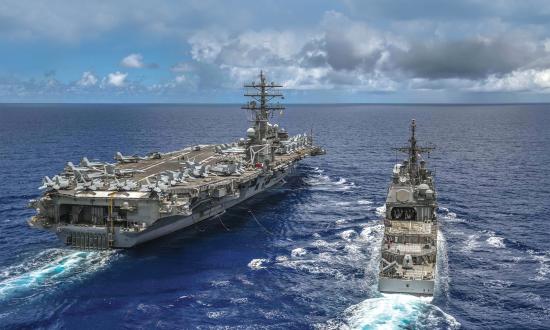The American Sea Power Project resumes this month, with Nick Lambert’s “What Is a Navy For?” This “must read” article gets to the heart of Alfred Thayer Mahan’s writings—not about the primacy of a concentrated battlefleet that many believe was his main emphasis, but “the role of naval power in facilitating—or deranging—international trade.” Lambert points out that Mahan’s thinking “makes him more, not less, relevant for the task today: convincing taxpayers that the Navy performs so vital a mission that they must fund it.” You can hear Nick Lambert and the other authors of the Project during our first “page-to-stage” event on 22 April. To register, go to https://www.usni.org/events/american-sea-power-project-virtual-event.
Last November, Commandant of the Marine Corps General David Berger’s “Marines Will Help Fight Submarines” caused a stir. Many readers wondered how the Marines could contribute to antisubmarine warfare (ASW). In this issue, Marine Captain Walker Mills and Navy Lieutenant Commanders Collin Fox, Dylan Phillips-Levine, and Trevor Phillips-Levine explore three specific ways the Marines can make the Commandant’s vision a reality, in “Implementing Expeditionary ASW."
Continuing the theme of naval integration, Lieutenant Colonel Nathaniel Lauterbach’s “Marine Aviation Is Naval Aviation” provides specific ways Marine Corps aviation units and commanders could combine with Navy carrier aviation in an expanded composite warfare commander construct. Lauterbach goes way beyond just integrating single Marine F/A-18 or F-35 squadrons in Navy carrier air wings. I predict his ideas are just the opening salvo in a discussion that will expand in coming months.
A theme that has tracked consistently in our pages over the past five years has alternately been called “gray zone” warfare and “maritime counterinsurgency.” This month, Marine Corps Major Brian Kerg writes about the need for naval intelligence to focus on this topic in the era of great power competition. Kerg’s “Naval Intelligence for Maritime COIN,” won Second Prize in last year’s Naval Intelligence Essay Contest.
There are a number of veteran Proceedings authors who teach me something new every time they write. Retired Captain Barney Rubel is one. This month, his “Pivot Fleet Design” is about how the logic underpinning fleet design is changing from aircraft-delivered weapons to missiles. This is an excellent complement to the American Sea Power Project, and it should shape thinking as we move from the “ends” of that conversation to “ways” and “means” next year.
If you are hungry for a combat leadership story, “Put the Enemy on the Bottom,” by Lieutenant James VandenPlas, U.S. Navy, looks at the World War II record of submarine skipper Commander “Mush” Morton, who commanded the USS Wahoo (SS-238) during World War II in the Pacific. If you ever served under a commanding officer whom you would have followed to Hell and back, you’ll recognize Morton’s leadership traits. And if you aspire to be one, it is a “how to.”
Finally, I’d like to offer congratulations to Captain Walker Mills, U.S. Marine Corps, for his selection as the Proceedings 2020 Author of the Year. The quantity, quality, and impact of Walker’s writing last year was most impressive. He also teamed up with co-authors, including Navy officers, for several of his articles—a true example of naval integration!








